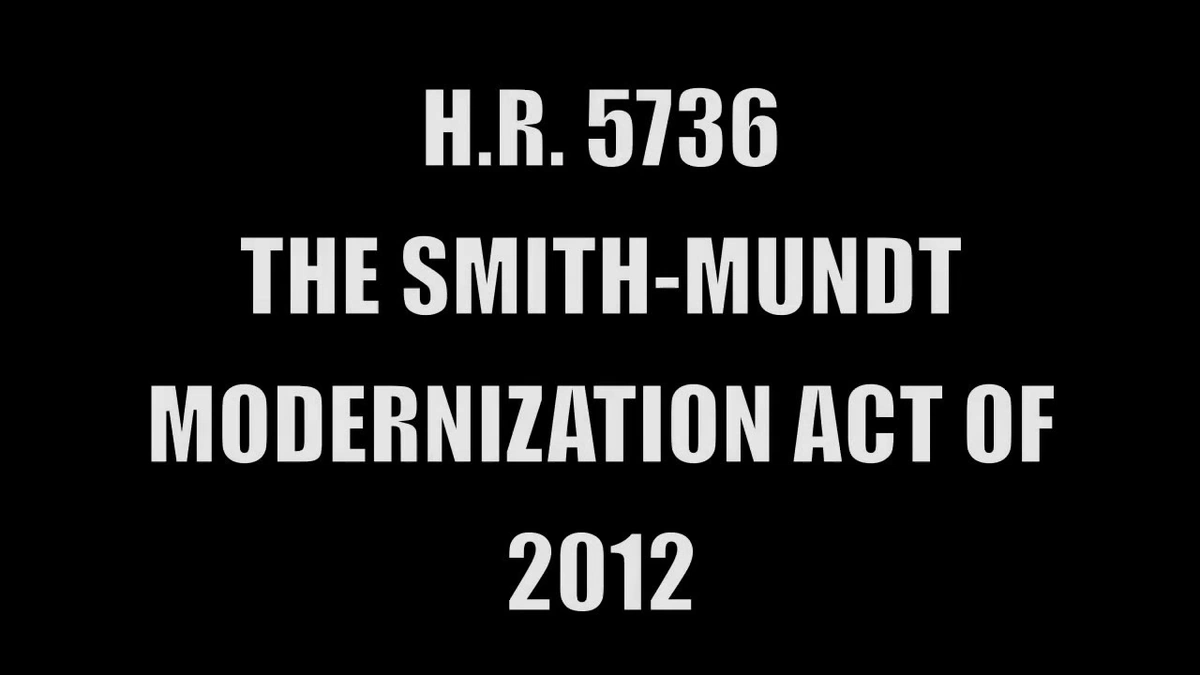The Smith-Mundt Act , officially the United States Information and Educational Exchange Act of 1948, often gets a bad rap. Let’s be honest, most people think of it as the government’s sneaky way of spreading propaganda. But here’s the thing: the truth is far more nuanced and the act’s impact continues to ripple through modern media. What fascinates me is how a law designed for a post-World War II world still sparks such debate and discussion today. It’s not just about preventing “brainwashing”; it’s about understanding the complexities of public diplomacy. This act impacts everything from international broadcasting to how the U.S. presents itself on the world stage.
A Brief History | Setting the Stage for Global Communication

To really grasp the significance of the Smith-Mundt Act , you’ve got to understand its origins. Picture this: it’s 1948, the world is rebuilding after a devastating war, and the Cold War is starting to simmer. The U.S. recognized the power of information and communication as tools for shaping global opinion. The Act was designed to facilitate the dissemination of information about the U.S. abroad. It was about promoting American ideals, culture, and policies. However, a key provision prevented the domestic dissemination of these materials – the infamous “anti-propaganda” clause.
The “Anti-Propaganda” Clause | Separating Foreign and Domestic Audiences
This is where things get interesting – and controversial. The original Smith-Mundt Act explicitly prohibited the U.S. government from sharing information intended for foreign audiences with the American public. The idea was to prevent the government from using propaganda techniques on its own citizens. A common mistake I see people make is thinking this was about censorship; it was about preventing taxpayer money from being used to influence domestic opinion. This restriction stemmed from a deep-seated fear of government overreach and manipulation, a fear that resonates even today. According to the U.S. Department of State , the goal was to ensure a clear distinction between informing foreign populations and influencing domestic ones. But, with the rise of the internet and globalization, this separation became increasingly difficult to maintain. For further reading on the topic of the US Naval Academy, you can check out this .
The Smith-Mundt Modernization Act | Adapting to a New Media Landscape
Fast forward to 2013. The Smith-Mundt Modernization Act , embedded within the National Defense Authorization Act, effectively repealed the domestic dissemination ban. The argument was that, in the age of the internet, it was impossible to contain information within geographical borders. People were already accessing these materials online, so why not make them readily available? Let me rephrase that for clarity: the intent was to modernize the Act for the digital age, but the change sparked concerns about potential government overreach and the blurring lines between information and propaganda. What fascinates me is the debate on the balance between transparency and the risk of undue influence.
Implications and Concerns | Navigating the Gray Areas
So, what does this all mean? With the repeal of the domestic dissemination ban, materials created for foreign audiences can now be accessed by Americans. This raises several important questions. How do we ensure transparency and accountability? How do we critically evaluate the information we consume, especially when it’s produced by the government? Public diplomacy is now operating in a more open environment, but also one with increased potential for misinterpretation or manipulation. The key lies in media literacy and a healthy dose of skepticism. It’s crucial to understand the source of the information and its intended audience. The information on this page may be helpful to better comprehend the role of government in shaping communication strategies. As of the present moment, there is no reason to believe that this act directly effects Sean Duffy.
The Future of Public Diplomacy | Finding the Right Balance
The Smith-Mundt Act’s legacy is a reminder that the relationship between government, information, and the public is complex. Finding the right balance between promoting American values abroad and safeguarding against domestic manipulation is an ongoing challenge. But, it’s a challenge we must address head-on, with informed debate and a commitment to transparency. The Smith Mundt Modernization Act has redefined how the United States engages with the world, presenting both opportunities and risks. As per the guidelines, being an informed consumer is key to navigating this evolving landscape.
FAQ | Understanding the Smith-Mundt Act
What exactly is the Smith-Mundt Act?
It’s a U.S. law passed in 1948 to promote a better understanding of the United States in other countries and it is also known as the United States Information and Educational Exchange Act of 1948.
Why was there an “anti-propaganda” clause?
To prevent the government from targeting its own citizens with information designed for foreign audiences.
What changed with the Smith-Mundt Modernization Act?
It lifted the ban on domestic dissemination, making materials created for foreign audiences available to Americans.
Is the Smith-Mundt Act about censorship ?
No, it’s not about censorship. The intention of the act is public diplomacy and influencing international communities.
What are the key concerns about the Modernization Act?
Concerns center around transparency, accountability, and the potential for government overreach in influencing public opinion.
Where can I find more information about the Act?
You can research the history of the Smith-Mundt act with resources from government websites such as the USA.gov website and academic journals.
What truly matters is that we, as citizens, remain informed, critical, and engaged in the ongoing conversation about the role of information in shaping our world. The legacy of Smith-Mundt isn’t just a historical footnote; it’s a call to vigilance in an age of information overload.




